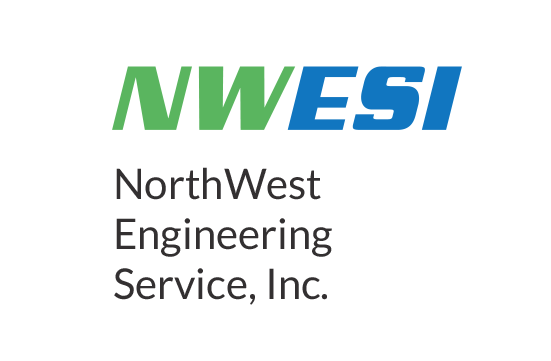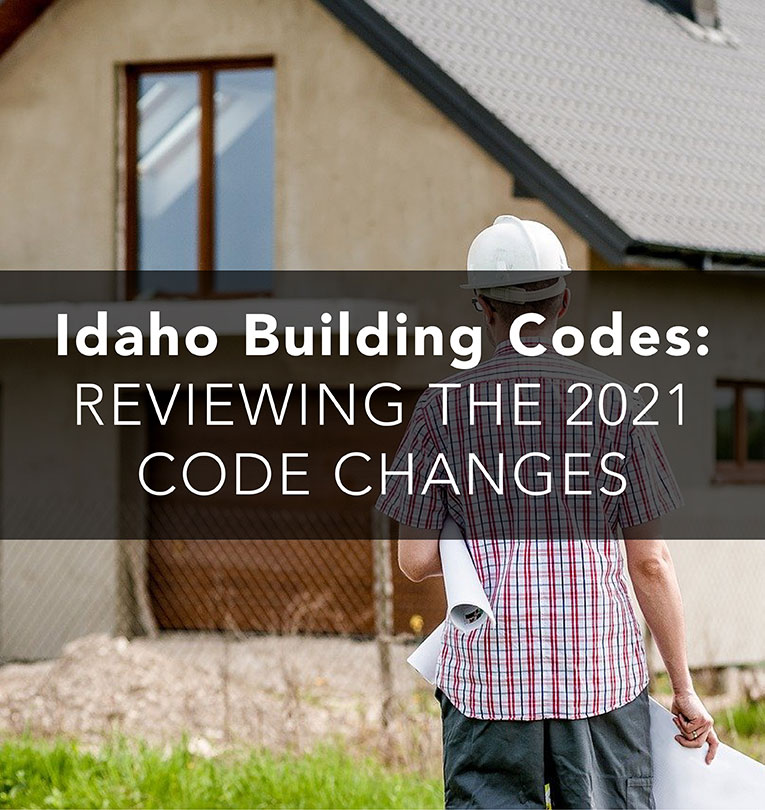We can all agree that air quality and airflow are essentials to life. Hold your breath for an extended time and that (under) statement will hold true. But with that said, what does air quality and proper airflow look like in our homes?
In an effort to ensure airflow systems are operating as intended, the State of Idaho has implemented residential codes for air balancing and building envelope testing. These codes were also updated in the commercial sector, requiring more efficient HVAC equipment and enhanced envelope performance, among others. Read more about Commercial energy codes at Idaho Energy Code.
Why are these changes important?
These requirements help promote two things: Energy/system efficiency and quality assurance for the home. Idaho is going through a huge economic and population growth. With that growth comes the need for proper infrastructure for both the present and future. Embracing and fulfilling these requirements is a small way to help make sure that Idaho grows successfully!
Residential Ventilation
Since we at NWESI live for fun things like reading through paragraph after paragraph of construction codes, we’ve decided to break down the essentials of residential air balancing so you don’t have to. Here’s what you need to know:
Idaho has adopted the 2018 IECC, IRC and IMC codes, and adheres to Manual S, J, & D testing.
In short, this means all residential buildings will require testing to ensure proper airflow in your space:
- Manual J calculations (Includes HVAC air balancing, or, TAB)
- Manual S
- Manual D
- Duct Leakage testing
- Building Envelope Testing
Manual J requires HVAC systems to have appropriate Heating and Cooling load calculations to provide the required CFM (cubic feet per minute) of airflow it takes to properly heat, cool and ventilate a particular living space. After Manual J calculations are completed, a certified balancing company will adjust the HVAC system to make sure air registers are set according to design. This balancing process is called Testing, Adjusting and Balancing (TAB). TAB will adjust airflows as calculated by Manual J, and make sure the installed equipment matches the requirements set forth by Manual S.
Manual S ensures that the equipment is sized to each residence correctly based on the calculated heat load and heat loss of a home. An oversized system will cause the unit to turn on and off too often (short cycle). This causes more wear and tear on the system than normal and will inevitably force the home owner to replace the unit sooner than expected. An undersized unit will cause the unit to run constantly without satisfying the space temperatures—which will cause a rise in electric and gas bills.
Manual D is used to calculate the correct duct sizing for the loads determined in Manual J. Improper duct sizing can affect the airflow performance of your system. This test verifies the sealing and tightness of the ductwork to make sure that the leakage rate (if any) of the unit is within a tolerable range as to not affect system performance. Certified testers will verify that the entire HVAC system has <4 CFM/per 100SF at 25PA or 0.1 inches of pressure. This test is not required if the unit and accompanying ductwork reside in the conditioned space.
As you may have noticed, Manual J, S, and D processes work hand-in-hand to make sure the entire system is running efficiently.
Idaho Residential Construction and BET.
Building Envelope Testing (BET) is the process of testing the airtightness of the entire home.
As of January 1st, 2021 Idaho implemented an updated residential code that includes Building Envelope Testing. The purpose of this requirement is to ensure the building envelope protects the interior from outdoor climate conditions and facilitates indoor climate control. General contractors are now required to fulfill building exterior and interior codes that provide adequate sealing of the building. After construction is finished, BET is completed by a certified technician to verify that the building air leakage rate is at or below 5 Air changes per hour (ACH).
These tests are typically required for new builds. All tests will be compiled in a report for the State of Idaho’s HVAC inspector who will pass or fail the system. Unlike Manual J calculations or duct leakage testing, BET is not required for every home. BET is the responsibility of the home builder; it’s required for 20% of the homes being built by the builder and does not have a requirement to pass or retest.



